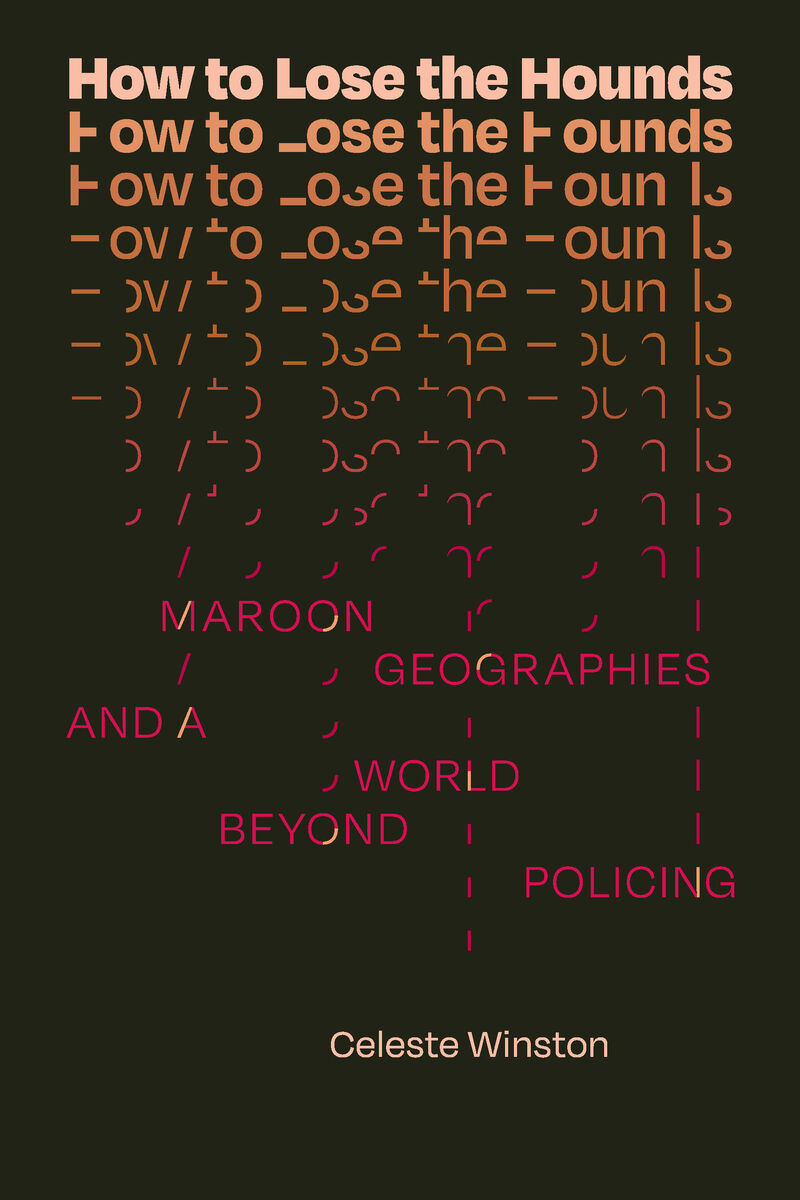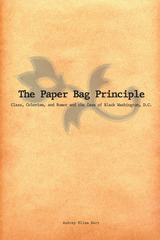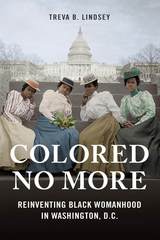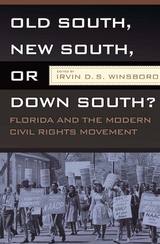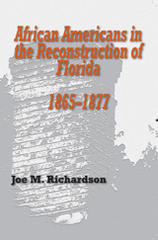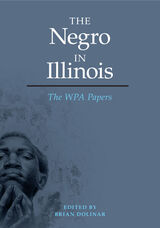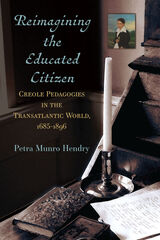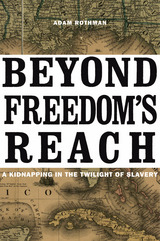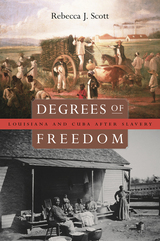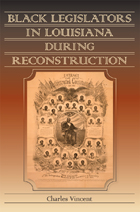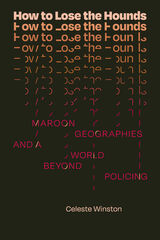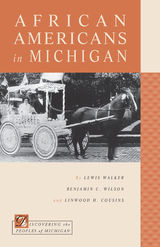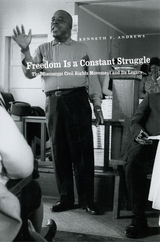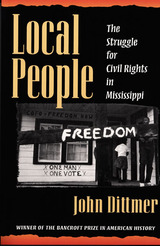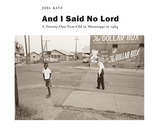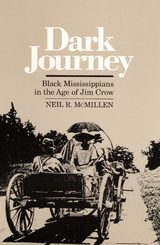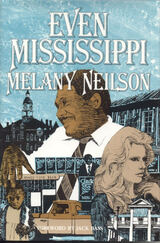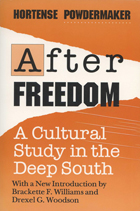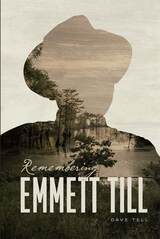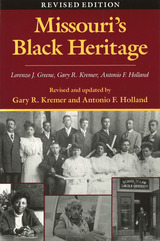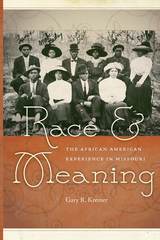How to Lose the Hounds: Maroon Geographies and a World beyond Policing
Duke University Press, 2023
Cloth: 978-1-4780-2050-9 | eISBN: 978-1-4780-2743-0 | Paper: 978-1-4780-2531-3
Library of Congress Classification E185.93.M2W567 2023
See other books on: Community organization | Maryland | Police brutality | Segregation | Violence against
See other titles from Duke University Press
Cloth: 978-1-4780-2050-9 | eISBN: 978-1-4780-2743-0 | Paper: 978-1-4780-2531-3
Library of Congress Classification E185.93.M2W567 2023
ABOUT THIS BOOK | AUTHOR BIOGRAPHY | REVIEWS | TOC | REQUEST ACCESSIBLE FILE
ABOUT THIS BOOK
In How to Lose the Hounds Celeste Winston explores marronage—the practice of flight from and placemaking beyond slavery—as a guide to police abolition. She examines historically Black maroon communities in the Maryland suburbs of Washington, DC, that have been subjected to violent excesses of police power from slavery until the present day. Tracing the long and ongoing historical geography of Black freedom struggles in the face of anti-Black police violence in these communities, Winston shows how marronage provides critical lessons for reimagining public safety and community well-being. These freedom struggles take place in what Winston calls maroon geographies—sites of flight from slavery and the spaces of freedom produced in multigenerational Black communities. Maroon geographies constitute part of a Black placemaking tradition that asserts life-affirming forms of community. Winston contends that maroon geographies operate as a central method of Black flight, holding ground, and constructing places of freedom in ways that imagine and plan a world beyond policing.
See other books on: Community organization | Maryland | Police brutality | Segregation | Violence against
See other titles from Duke University Press
